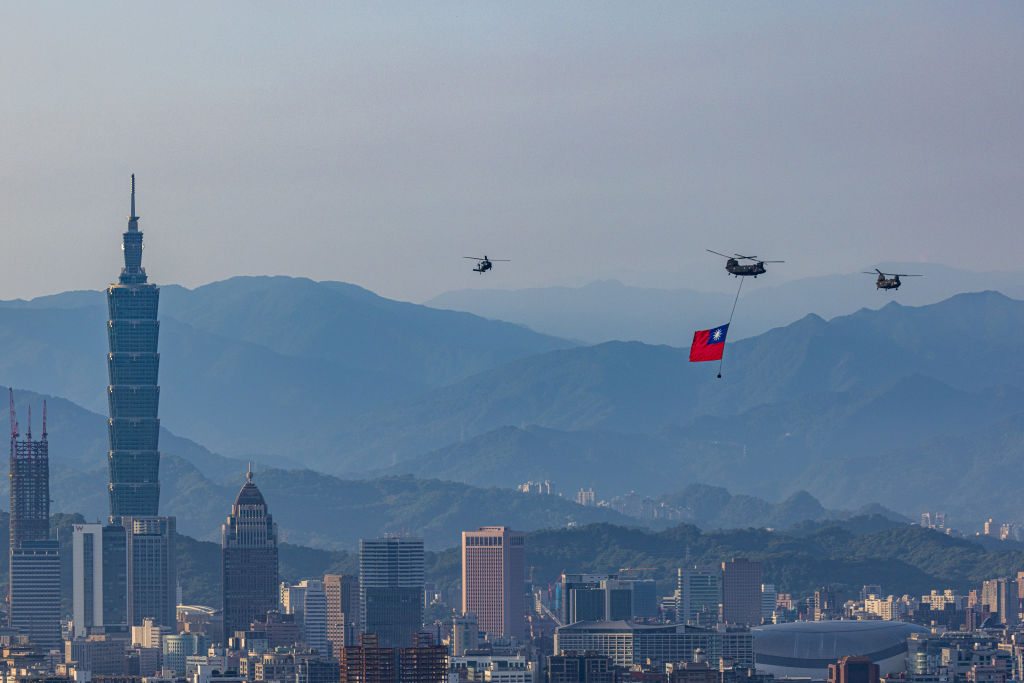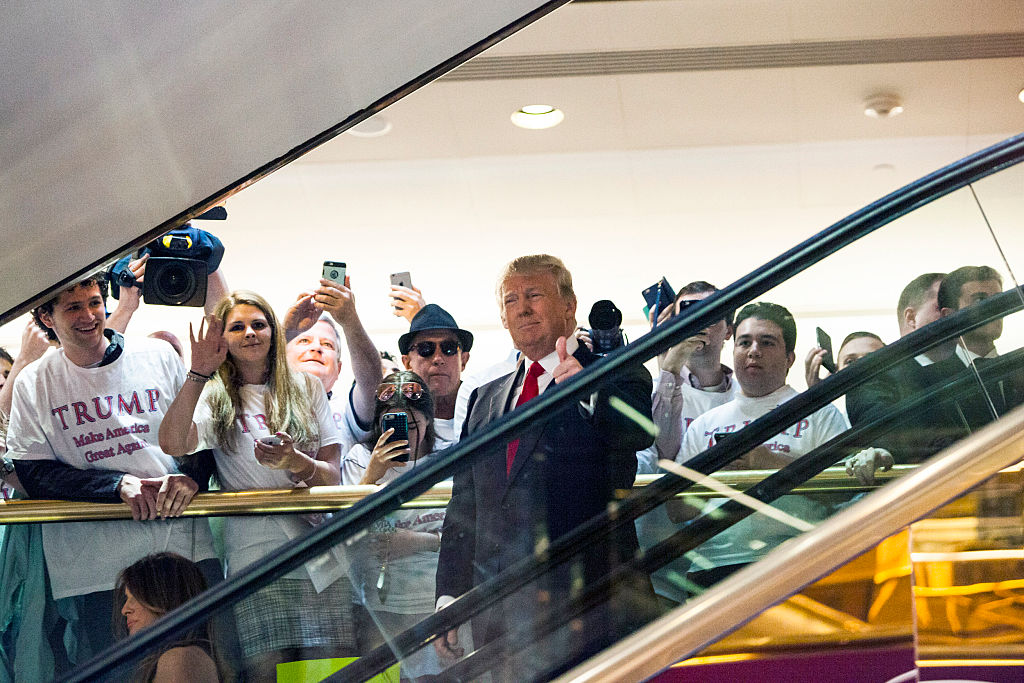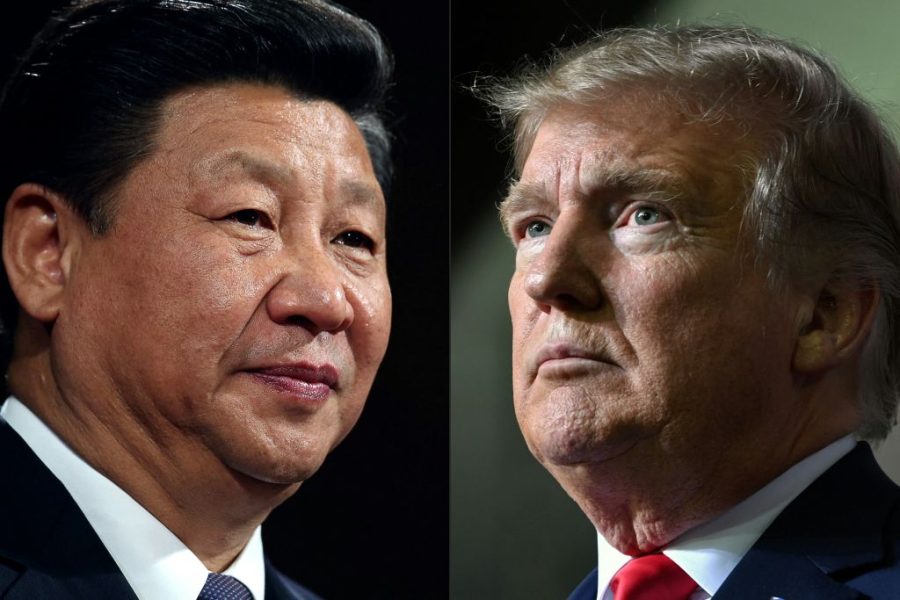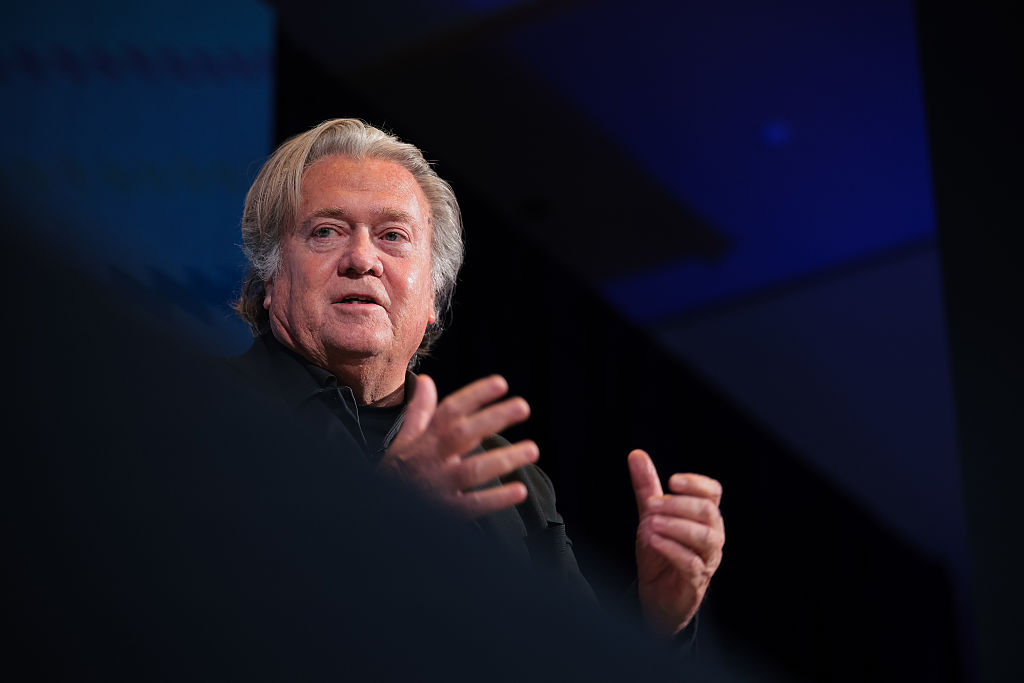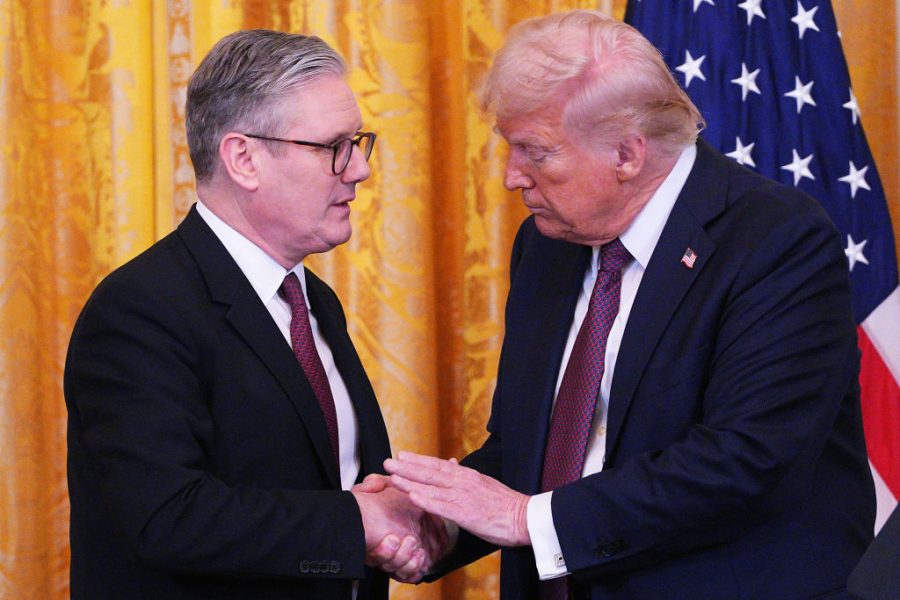The online TaiwanPlus news agency reported recently that a new memorial had been unveiled in southern Taiwan to commemorate the thousands of Taiwanese youths who volunteered to help the Japanese war effort in World War Two. It is estimated that some 30,000 Taiwanese died while fighting for Emperor Hirohito’s Imperial army during the Pacific War. Some of these troops would have fought against Chinese soldiers on the mainland of China — a counterintuitive fact, you might think.
The departure of the Japanese was regretted by many, leading to the popular expression, ‘Dogs go and pigs come’
The story of the memorial goes to the heart of the peculiarities of Taiwan’s history and indeed its geography. First, it should be made clear that the Taiwan Straits are not an equivalent of the twenty-two-mile-wide English Channel. The distance from Fuzhou in Fujian Province to Taiwan’s capital Taipei is 160 miles — about three-quarters the distance from Dover to Paris. For most of the 4,000 years of recorded Chinese history Taiwan was not part of China. It was a remote far away island to which failed Chinese warlords fled after defeat (viz Chiang Kai-shek), or to which enemies of the Chinese imperial court were banished.
The original inhabitants of Taiwan are best described as aboriginal, descended from maritime peoples who populated much of southeast Asia including the Philippines, Indonesia, Malaysia and Borneo. Even today the many aboriginal tribes, constituting a population of 800,000 people, living mainly in the mountains that cover 80 percent of the country, speak some twenty-six different languages.
Although a Chinese fleet had landed in 1603 and had met a native chieftain, a significant Chinese population did not arrive in Taiwan until later in the seventeenth century. At this point Dutch traders began importing Han Chinese laborers from Fujian province. Apparently, the native men were not up to much; it was noted that “the women, who are complete drudges, do most of the farming work.” Taiwan then was not even known by its Chinese name but as Formosa, as it was called by Portuguese sailors who spotted the island in the mid-sixteenth century.
It was only pursuant to the Pacific war that Formosa was largely replaced by the name Taiwan in western circles, although Taiwan was the Chinese name given to the island in 1684 by the Qing, China’s last dynasty. Although Taiwan was formerly annexed to China at this time, it was only after Japanese forces invaded the southern part of the island in 1874, from which they were paid to leave, that the government in Peking took up an active policy of colonization. Up until this point it would be fair to conclude that China and Taiwan were semi-detached.
Thereafter China’s active interest in Taiwan lasted for just twenty-one years. The reasons were twofold. The Qing dynasty, which until the early nineteenth century had ruled the world most populous, richest and most powerful country, fell into terminal decline. At the same time the Meiji restoration and the cultural, social and economic revolution that following catapulted Japan into the heart of Asian politics.
A modernizing Japan, which had been humiliated by the infamous “black ships” of American Commodore Mathew Perry, who had famously forced the Shogun to open its economy, soon copied the West in matters more potent than trade. (It should be noted that Perry tried and failed to persuade the American government to take Formosa.) Within months of the Boshin war that overthrew the Shogunate and restored the Emperor to power, an Imperial decree in 1870 ordered the building of a Japanese navy using Britain as a model; cruisers, Naniwa and Takachiho were built for them on Tyneside by shipbuilders Armstrong Mitchell.
Being modern meant having an Empire on the western model. As a leading Meiji intellectual, Yukichi Fukuzawa noted in 1885: “Our nation cannot afford to wait for the enlightenment of our neighboring countries to happen, and to join with them in the effort of building Asia.”
Thus, the late nineteenth century saw a rapid expansion of Japanese power in the East China Sea. To the north, Japan, like China in Taiwan, took full control of the island of Hokkaido which had previously been populated largely by white skinned aboriginals. They came from the areas around the Sea of Okhotsk comprising Russia’s Sakhalinisland, and the Kuril chain of islands that adjoin the Kamchatka peninsula. As well as Hokkaido and the Kuril islands, Japan took half of Sakhalin from the Russians.
In the south, Japan formally incorporated the hitherto vassal but independent Ryukyu kingdom, of which the main island was Okinawa, into the Japanese state. Yonaguni, the westernmost of the Ryukyu islands is 1,250 miles from Tokyo but just 100 miles from Taipei. Thus, the conquest of Taiwan was the next logical step for an expansionist minded Meiji Japan. Taiwan would eventually fall into Japanese hands without a fight.
In 1895 Japan went to war with the Qing dynasty over suzerainty rights in Korea, China’s historic vassal. The Qing forces were smashed on land and at sea the British built cruiser Naniwa was part of the squadron that defeated the Chinese navy at the battle of Yalu river. At the succeeding peace treaty of Shimonoseki, Taiwan was handed over to Japan.
Whether Japanese colonial rule of Taiwan was exploitative or contributed to its development is the subject, as with the West’s empires in Asia, of much debate. What cannot be gainsaid, as Professor Michael Shiyung Liu at the Institute of Taiwan History has affirmed, is that “Japanese colonization is a key factor to understand Taiwanese identity.” Japanese rule could be harsh; the Tapani incident, a rebellion by Han Buddhists in 1915, and the suppression of the tribal Wushe uprising in 1930 were notable but relatively minor, short-lived events.
Overall, it seems that Japan sought to Japanize Taiwanese society rather as the French did in Indochina. It was a much more in-depth transformation of the country than Britain attempted in most of India. There is little doubt that Japanese investment and more importantly its organizational abilities significantly improved the quality of life of the Han Chinese who lived on the plains.
For example, Professor Liu notes the advances that were made in medical practice on Taiwan during the colonial period. Infrastructure was also built. The Chianan Irrigation system and Wusanto reservoir were constructed by the Japanese. In 2015, even the Nationalist Taiwanese president Ma Ying-jeou noted that these projects “benefited farmers in Taiwan, and we should naturally affirm it.”
Taiwan’s ties with Japan were not simply bureaucratic. Japanese became the primary language taught in schools and for the educated Taiwanese classes remained the lingua franca even after 1945. Many Taiwanese adopted Japanese names. No wonder then that the Taiwanese composed a major block of the 1,500 leading writers from the Japanese Empire that were invited to attend the first Greater East Asian Writers Conference at the Imperial Hotel in Tokyo in 1942.
A high level of academic and intellectual discourse took place between Taiwanese and Japanese universities. Indeed, Japan supported the foundation of many Taiwanese universities including the National Taipei University of Technology in 1911. Far from being seen as brutal colonizers, it should be remembered that throughout Asia, before the start of the Second Sino-Japanese war in 1937, intellectuals saw Japan as an enlightened country that was leading Asia in its liberation from the West. Many Japanese intellectuals supported the building of an Empire for benign and idealist reasons. Indeed, Japanese Platonist, Shinkichi Uesugi argued that “the Japanese Empire possesses qualities that make it possible to realize [Plato’s] ideal state more easily than in any other country.”
Chinese Taiwanese bureaucrats were brought into the Japanese administration and talented individuals were sent to Japanese universities for training. Ninety-six-year-old Taiwanese Masao Go is a good example. In 1944, having applied to the Imperial Japanese army school, he was sent to Mito in Ibaraki Prefecture to train in air communication. Afterwards he was assigned to a bomber squadron specializing in towing gliders. He ended the war in a Soviet internment camp after the Russian invasion of Japanese-controlled Manchuria (Manchukuo) and returned to live in Japan with his wife in Yokohama. Go thinks of his homeland as Taiwan but insists that “my motherland is Japan. I think of myself as a Japanese born in Taiwan.”
The generally beneficent rule of Taiwan within the Japanese Empire stands in marked contrast to the oppressive rule imposed on Taiwan by the mainland Chinese after 1948. Even before their arrival, the nationalists (Kuomintang) viewed the Taiwanese with suspicion. A 1946 article in the nationalist magazine New Taiwan Monthly noted the need to re-educate the them because they had been “poisoned intellectually.”
Within a year China’s wartime leader, Chiang Kai-shek sent 48,000 troops to Taiwan under his protégé Chen Yi, whose poorly paid troops plundered the country. The invading Chinese military and the subsequent arrival of more than a million mainlanders (accounting for 15 percent of Taiwan’s population) took control of more than 90 percent of the Taiwanese economy — a far harsher totalitarian regime than existed under the Japanese. Not surprisingly the departure of the Japanese was regretted by many, leading to the popular expression, “Dogs go and pigs come.”
In February 1947, when an aged Taiwanese grandmother was beaten over the head by an agent of the Monopoly Bureau for illegally selling cigarettes, an uprising ensued that was far greater than any seen under the Japanese. Some 18,000 Taiwanese were killed. It was a prelude to the so-called White Terror that killed a further 200,000 citizens after Chiang Kai-shek imposed martial law on May 19, 1949. Remarkably, it was only repealed in 1987.
It is a history that has colored and continues to color Taiwanese politics. As one islander is reported to have said, “The red pigs (communists) are worse than the white ones (nationalists) — we hate them all, but if we can’t get independence (from the nationalists) we’d rather have the present ones,” — a statement that pretty much sums up the ambivalent attitude that today’s Taiwanese have toward Xi Jinping’s People’s Republic of China. Against this background it should come as no shock that many Taiwanese still have positive feelings for their Japanese colonial history. Memorials to their war dead from the Pacific War should come as no surprise.
But there is a backstory to last week’s erection of a wartime memorial. The news was reported by the English language website TaiwanPlus that was financed in October 2022 to the tune of $20 million by the Taiwanese government. The mission was to project soft power. Just a month later the Chinese government blocked TaiwanPlus’s website and forced Apple to remove the app from its store. The wartime memorial story, with its suggestion of positivity toward Japan, is not one that Xi Jinping, who wants to regain control of Taiwan, wants to hear.
This article was originally published on The Spectator’s UK website.



